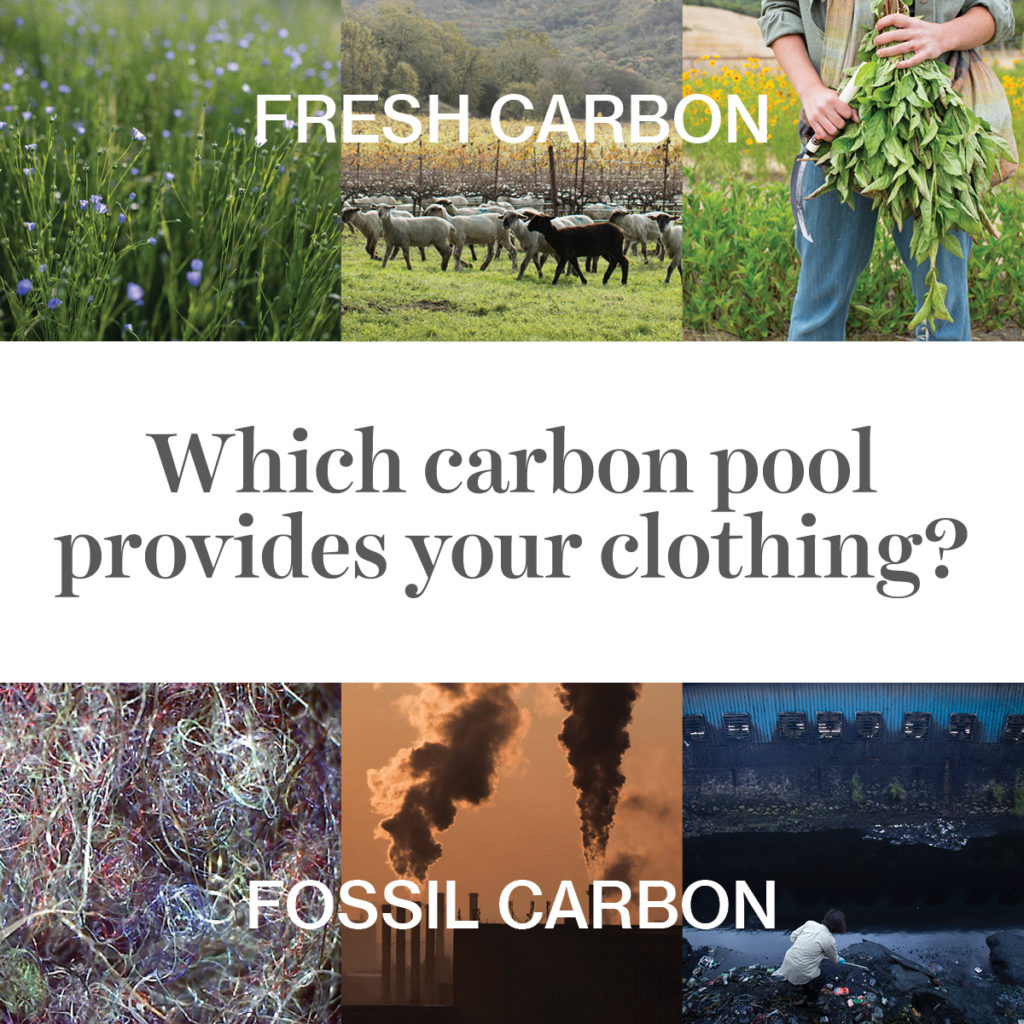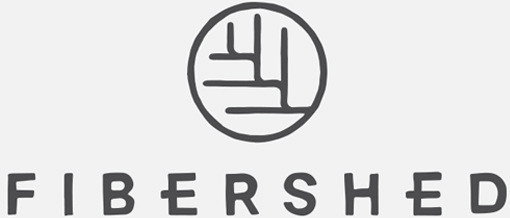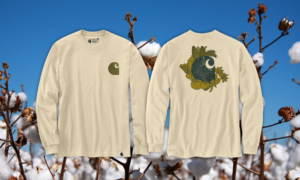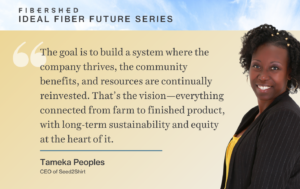Fibershed’s Fast Track to Slow Fashion
The way we produce and consume clothing needs to be transformed

Even if you don’t see yourself as a fashionista, consider this: the fashion industry — all the phases responsible for getting us dressed each day — creates more CO2 emissions than international flights and maritime shipping, combined. The pace of production and consumption has accelerated so quickly that one garbage truck of textiles goes to the landfill or incinerator every second. We call this fast fashion, and it has created a culture of clothing that is practically single-use.
Our clothes shouldn’t come at the cost of people or planet. By connecting with your fibershed, you are invited to get to know a geographic designation that provides your natural fiber and dye resources and therefore presents a consumption boundary too. Supporting local fiber, local dye, and local labor creates a path toward taking responsibility for the benefits and harms of the fashion system.
The current cycle emphasizes a take-make-waste model with little accountability. Fibershed envisions a circular, soil to soil material culture that engages every wearer, producer, and designer. As a network of regional, regenerative “sheds” come to life, each new soil-to-soil garment or good holds the potential to become Climate Beneficial™.
Join us on the journey to slow fashion in 4 simple steps:
- Wear natural fibers:
“fresh carbon” fibers and dyes are biodegradable while “fossil carbon” sources are known to pollute our food, water and physical bodies. - Avoid plastic clothing:
synthetic textiles are responsible for a significant portion of microplastic pollution, which is now present in 94% of US drinking water. - Choose quality garments over quantity:
on average, we buy 60% more clothing than we did in the year 2000. A clothing budget can be redistributed to fewer goods that will last longer and provide fair wages to farmers and workers. - Keep clothing in use for as long as you can:
more than half of garments produced these days end up in a landfill within one year, yet extending the life of a garment by just 3 months reduces its carbon & water footprints by 5-10%
Learn what to look for and how to shop with Fibershed’s Clothing Guide: A Menu of Actions & Options,
available as a free download here: Fibershed Clothing Guide
When a new wardrobe item or home good is needed, we advocate for supporting transparent supply chains that go all the way to the soil.
The Fibershed Producer Directory includes growers, mills, makers, and retailers throughout the Northern California Fibershed. The Northern California Fibershed Cooperative is a producer-led agricultural cooperative with an online collective Marketplace from fiber arts materials to finished garments and home goods.
Much like in “slow food,” fewer ingredients are better: an undyed wardrobe can embrace naturally-colored wool or colorgrown cotton, and can evolve over time with layers of natural dyes.
The Use Phase: a key part of the Soil to Soil lifecycle
Searching for the ‘most sustainable fashion’ may present a litany of options and arguments around what to buy, but the truth is that garment care accounts for 75-80% of the carbon footprint of any individual piece of clothing. And how we care for clothing and textiles depends on what the item is made of and what it means to us. In this 20-minute video, Dr. Ingun Klepp explains why taking the ‘use phase’ into account is key to changing our individual behaviors and our industry goals for sustainability.
Skill Building
Growing your slow fashion skills is a great way to improve your fiber system footprint. From clothing care to refashioning to crafting your own garments or goods with local materials, hands-on projects offer a way to extend textile use and engage with local fiber, local dye, and local labor.
Consider taking a class: the Fibershed calendar aggregates events from community members throughout Northern California and Affiliate Fibersheds. Many Fibershed Affiliate communities are also now listing events on their own calendars and social media pages, and our Affiliate Directory offers a direct connection to those resources.
Northern California Fibershed artisan members who specialize in providing slow fashion education include: Amy Keefer (knitting), Ashley Eva Brock (pattern drafting, natural dyeing) A Verb for Keeping Warm, Black Rock Ranch, Cast Away Yarn & Fiber Shop, Crockett Handspun, Fiber Circle Studio, ImagiKnit, Marin Sewing Lab, Oakland Fiber, Pacific Knitting Retreats, Plantspeople (natural dyeing), The Farm Mendo, Warner Mountain Weavers
Brush up your skills or broaden your knowledge with a good book or documentary:
- RiverBlue (documentary)
- The True Cost (documentary)
- Clothing Poverty: The Hidden World of Fast Fashion and Second-hand Clothes by Andrew Brooks
- Overdressed: The Shockingly High Price of Cheap Fashion by Elizabeth L. Cline
- To Die For: Is Fashion Wearing out the World by Lucy Siegle
- Wear No Evil; How to Change the World With Your Wardrobe by Greta Eagan
- Botanical Inks: Plant-to-Print Dyes, Techniques and Projects by Babs Behan
- Fix Your Clothes: The Sustainable Magic of Mending, Patching, and Darning by Raleigh Briggs
- Harvesting Color: How to Find Plants and Make Natural Dyes by Rebecca Burgess
- Mending Matters: Stitch, Patch, and Repair Your Favorite Denim & More by Katrina Rodabaugh
- The Modern Natural Dyer: A Comprehensive Guide to Dyeing Silk, Wool, Linen and Cotton at Home by Kristine Vejar
- Natural Color: Vibrant Plant Dye Projects for Your Home and Wardrobe by Sasha Duerr
- Print, Pattern, Sew: Block-Printing Basics + Simple Sewing Projects for an Inspired Wardrobe by Jen Hewett
- Weaving Within Reach: Beautiful Woven Projects by Hand or by Loom by Anne Weil




